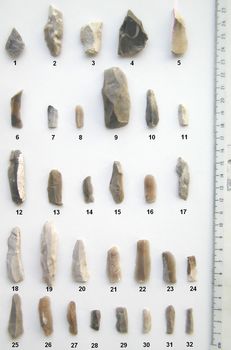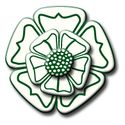Stuart Feather Lithics Collection
Keith Boughey, 2020. https://doi.org/10.5284/1062846. How to cite using this DOI
Data copyright © Keith Boughey unless otherwise stated
This work is licensed under a Creative Commons Attribution 4.0 International License.
Primary contact
Keith
Boughey
Church Bank
Church Hill
Hall Cliffe
Baildon, W. Yorks
BD17 6NE
Resource identifiers
- ADS Collection: 3523
- DOI:https://doi.org/10.5284/1062846
- How to cite using this DOI
Overview

The physical archive is essentially in three parts: the diaries and maps, the lithics collection, and the Neolithic axeheads and axehead roughouts.
The diaries and maps cover the years 1956-64 giving details of every archaeological and historical site and find from every period in the wider Keighley area recorded and/or visited as part of his work for the Ordnance Survey, ranging from Mesolithic flint workshops to Late Neolithic/Early Bronze Age carved rocks, Early Bronze Age burial cairns, Neolithic axes, Iron Age/Romano-British quern stones, Roman coins, medieval boundary stones, deserted farmsteads, windmill bases, abandoned agricultural buildings, mills, mine workings, etc.
The lithics collection of over 3000 pieces consists primarily of worked tools and fragments from the Early and Late Mesolithic period off local moorlands around Keighley, notably Oxenhope Moor, collected in his 'spare time', during the course of which he discovered many new sites and added considerably to the documentation of others. In the digital archive this is represented by a guide to and details of the sites, maps, images and a database.
For the Neolithic axeheads and axehead roughouts, there is a database and set of images.
At the instigation of the applicant, the diaries and lithics collection now rest with Bradford Museums, to whom they were kindly donated by Feather's widow, Muriel. The Neolithic Group VI axehead material was sent to the Tullie House Museum in Carlisle and the flint axes went to Worthing Museum in Sussex.





